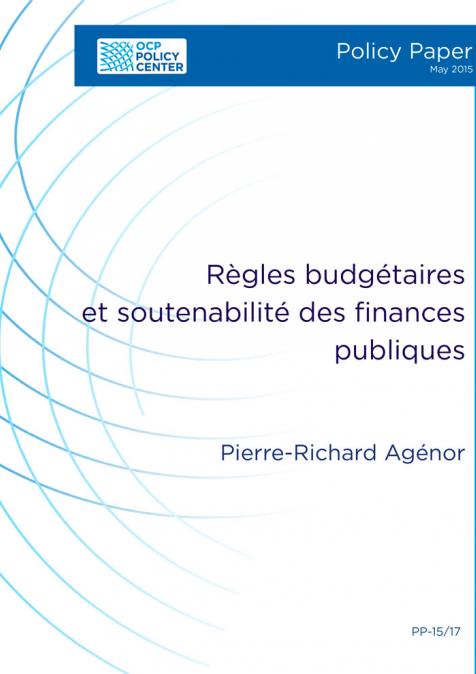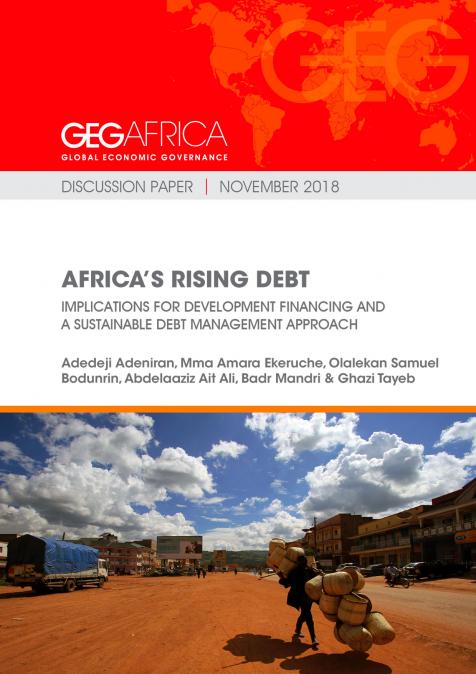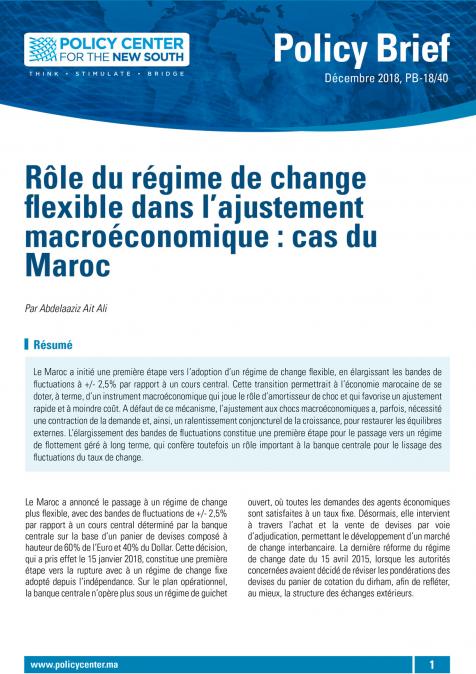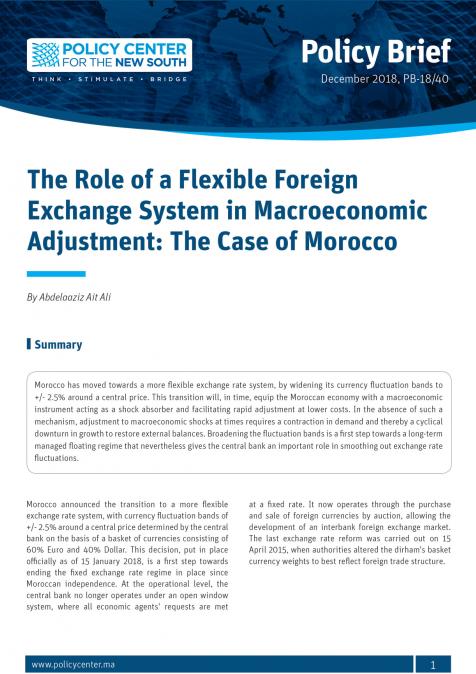Publications /
Policy Paper
Cet article examine la formulation, la mise en oeuvre, et la performance des règles budgétaires, avec un accent particulier sur l’expérience des pays en développement à moyen revenu. La première partie propose une définition et une justification des règles budgétaires, ainsi qu’une taxonomie de ces règles. La deuxième partie fournit un panorama des règles utilisées actuellement de par le monde. La troisième partie considère une série de questions liées à la mise en oeuvre des règles budgétaires. La quatrième partie fournit une revue sélective des évidences empiriques, descriptives et formelles, relatives à l’impact des règles budgétaires sur la performance des finances publiques. La dernière partie propose quelques pistes de réflexion pour l’adoption éventuelle d’une règle budgétaire au Maroc. L’argument clé de cet article est qu’une règle budgétaire, en elle-même, est nécessaire mais pas suffisante pour renforcer la crédibilité de la politique budgétaire et du cadre macroéconomique en général. Dans une économie sujette à des chocs internes et externes d’ampleur significative, il est important en parallèle de mettre en place un fonds souverain de stabilisation, pour permettre une politique contra-cyclique active.






